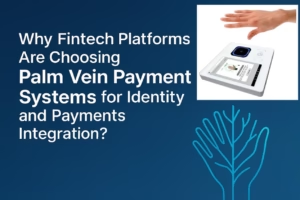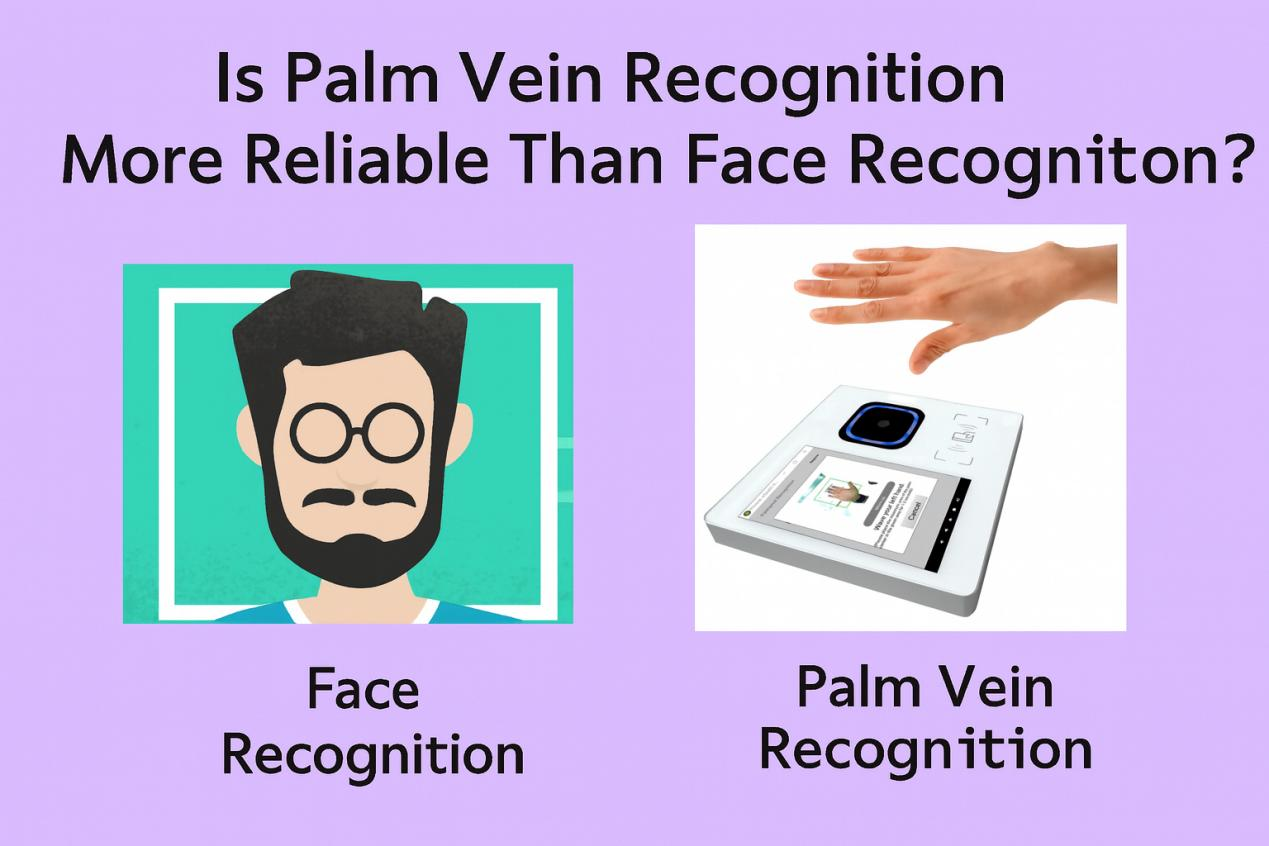Is Palm Vein Recognition More Reliable Than Face Recognition?
When it comes to biometrics, many people think face recognition is “good enough.” But is it really reliable for banks, healthcare, or government-scale projects? Let’s look at a quick test that shows the difference — and why BioWavePass Palm Vein Recognition is a safer choice.
I tried paying with my face on a mobile payment app while wearing a thin gauze face mask. Most of my facial structure was hidden, yet the transaction still went through instantly.
It felt convenient, but here’s the issue: if half a face can pass verification, it means the system is only checking a limited number of points. In reality, this type of transaction should not have been approved. For industries that need accuracy at scale, that’s a big problem.
Next, I tested palm vein recognition under the same condition — covering my palm with the same gauze mask. This time, the verification failed completely. Why? Because palm vein technology doesn’t rely on surface features. It scans the unique blood vessel structure and live blood flow beneath the skin. That’s why it’s nearly impossible to fake or bypass.
For users, this means their payments and IDs are secure.
For industries, it means scalability and trust, even with millions of users.
With BioWavePass Palm Vein Solutions, we bring this standard of protection to real-world deployments. Our devices use RGB + IR dual imaging and AI-powered algorithms to guarantee both accuracy and stability — exactly what industries need.
Face Recognition vs Palm Vein Recognition
| Aspect | Face Recognition | Palm Vein Recognition (BioWavePass) |
|---|---|---|
| Feature Points | 60–80 key points; ~128–512 dimensions in deep models | 300–1,000+ vein points; 512–1024+ dimensions |
| Stability with Age | Changes with age, weight, expression, posture — frequent updates required | Stable after ~6 years old and remains unchanged for life |
| Environmental Influence | Affected by lighting, makeup, hairstyle, occlusion | Subcutaneous veins — unaffected by skin tone, wrinkles, or lighting |
| Uniqueness | Can look similar, especially for twins or close relatives | Each vein pattern is unique, nearly impossible to duplicate |
| Speed vs Risk | Fast but higher false acceptance risk; vulnerable to spoofing and deepfakes | Slightly slower, but extremely accurate and reliable at scale |
| Anti-Spoofing | Can be tricked by photos, videos, 3D masks | Verified by blood flow, making spoofing nearly impossible |
| Applications | Phone unlock, casual access, consumer payments | Banking, healthcare, government, enterprise security, high-value payments |
| Database Scalability | Accuracy drops beyond 100k–1M users | >99% accuracy even across millions of IDs |
Why It Matters
Face recognition seems easy and fast, but in reality, it’s risky for industries handling sensitive data and large populations. Speed without accuracy can create serious vulnerabilities.
Palm vein recognition, on the other hand, offers:
- Lifetime stability (after age 6, vein patterns don’t change)
- Stronger protection (requires blood flow to verify identity)
- Scalability (keeps accuracy even with millions of IDs)
That’s why BioWavePass Palm Vein Solutions are trusted by banks, healthcare providers, and governments worldwide.
Palm vein recognition isn’t just safer than face recognition — it’s the new standard for industries that demand both security and reliability.
Learn more from:https://biowavepass.com/
Share this article
About the Author
You might also like
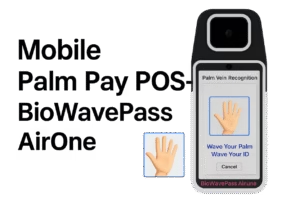
Which Is the Best Mobile Palm Pay Device?
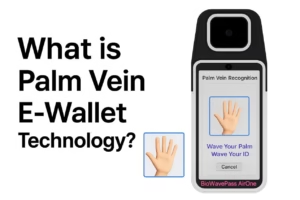
What is Palm Vein E Wallet Technology?
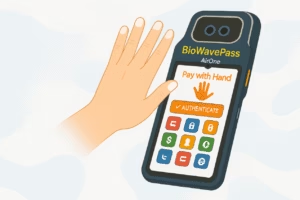
What Is a Palm Vein Payment System? BioWavePass Palm Vein Payment Customer Types and Architecture Overview
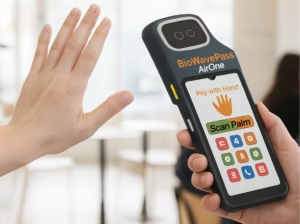
How Do You Build a Palm Vein Payment System Without Heavy Local Certification Work?
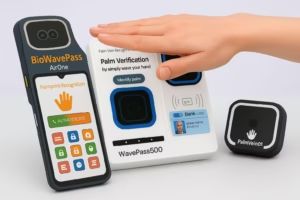
What Is the Best Mobile Palm Vein Payment Terminal?
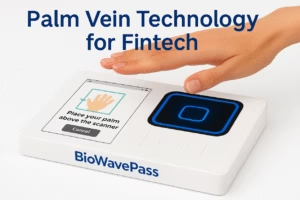
Why Palm Vein Biometrics Deliver the Reliability Fintech Platforms Need for High Frequency Transactions?
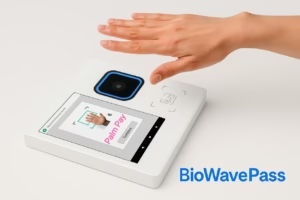
How BioWavePass Simplifies Palm Vein Integration for Fintech Platforms Building Identity plus Payments Ecosystems?
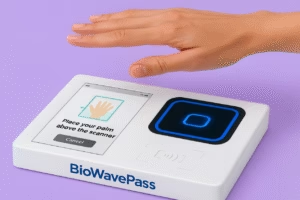
How BioWavePass Enhances Payment Security with Cloud Driven Palm Vein Authentication?
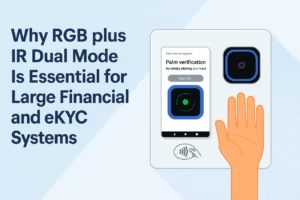
Why RGB plus IR Dual Mode Technology Is Essential for Large Scale eKYC and Financial Authentication?
